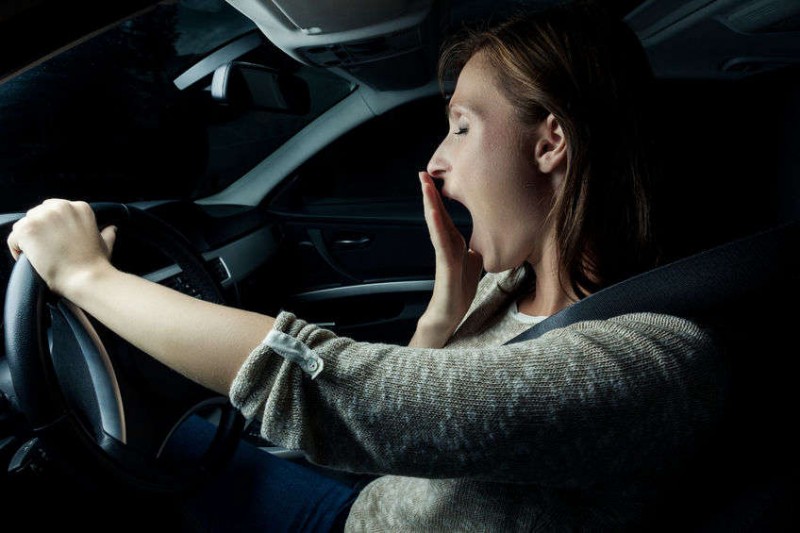Vibrations in cars make you drowsy
You’ve probably noticed how drowsy you feel when you are in a car for a while. You start to feel sleepy and you almost close your eyes as fatigue washes over you. This is known as driver fatigue and it can be very dangerous. In fact, 20 per cent of fatal road crashes involve driver fatigue, and the vibrations of the car may contribute to the feeling of sleepiness.
That’s why researchers from RMIT University in Melbourne investigated the effects of low whole-body vibration on drivers and their heart rate variability (HRV) — a measure of autonomic nervous system activation that differentiates between stress and drowsiness. So far the effects of such vibration on drivers are not clear, even though evidence points to car vibrations causing drowsiness.
The study showed that the gentle vibrations of the car seat are enough to lull your brain and body within 15 minutes of getting into your car.
Fifteen volunteer participants underwent two simulated driving tasks for 60 minutes each: one involved a whole-body 4-7 Hz vibration delivered through the car seat, and one involved no vibration. The virtual simulator set up on a platform replicated the experience of driving on a monotonous two-lane highway.
The participants’ HRV revealed how drowsy they were feeling as the 60-minute test progressed. Within 15 minutes of starting the vibrating test, the participants started showing signs of drowsiness. Within 30 minutes, the drowsiness was significant, requiring quite an effort to maintain alertness and cognitive performance. The drowsiness increased progressively over the test, peaking at 60 minutes.
It becomes psychologically and physiologically harder to perform mental tasks when tiredness induced by vibrations sets in. As a result, the body’s nervous system activates to compensate this effect, leading to changes in the heartbeat.
The study showed that the gentle vibrations of the car seat are enough to lull your brain and body within 15 minutes of getting into your car and this steady vibration progressively increases drowsiness even in people who are well rested and healthy. The research also suggests that vibrations at some frequencies may have the opposite effect and help keep people awake.
The researchers want to examine this further and work with a wider range of frequencies. They also want to understand if age may affect vibration-induced drowsiness as well as the impact of health problems such as sleep apnea on drowsiness in future studies.
With one in five Australians falling asleep behind the wheel, this study provides significant insight into drowsy driving and can influence future car seat designs, which are developed to disrupt the vibrations causing drowsiness while also taking into account those that keep you awake.
Source: Ergonomics








